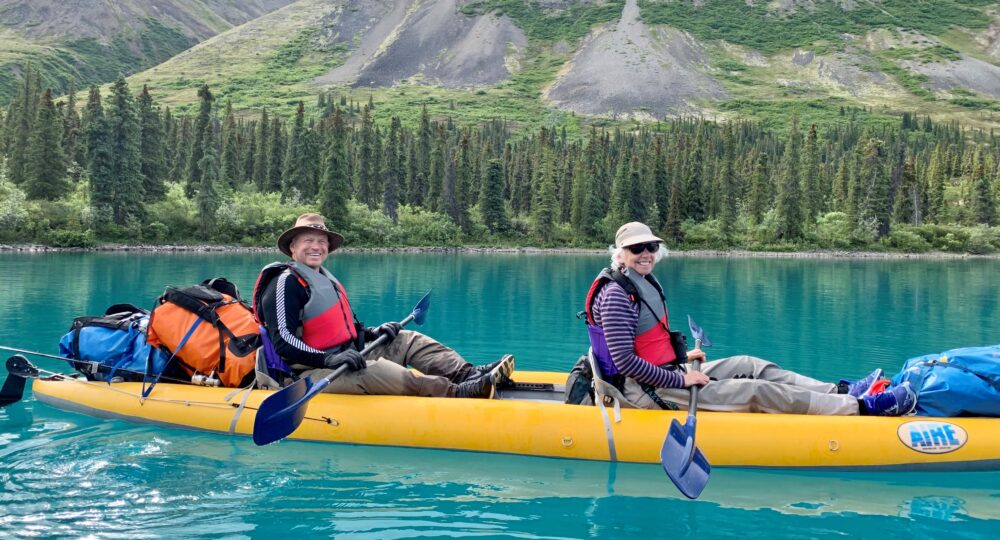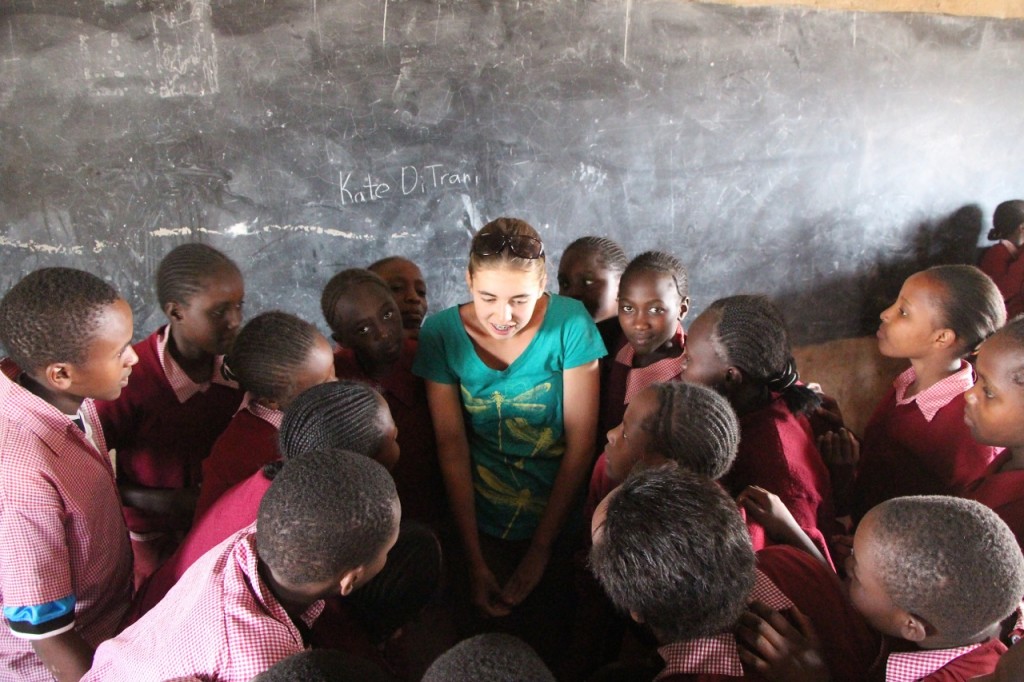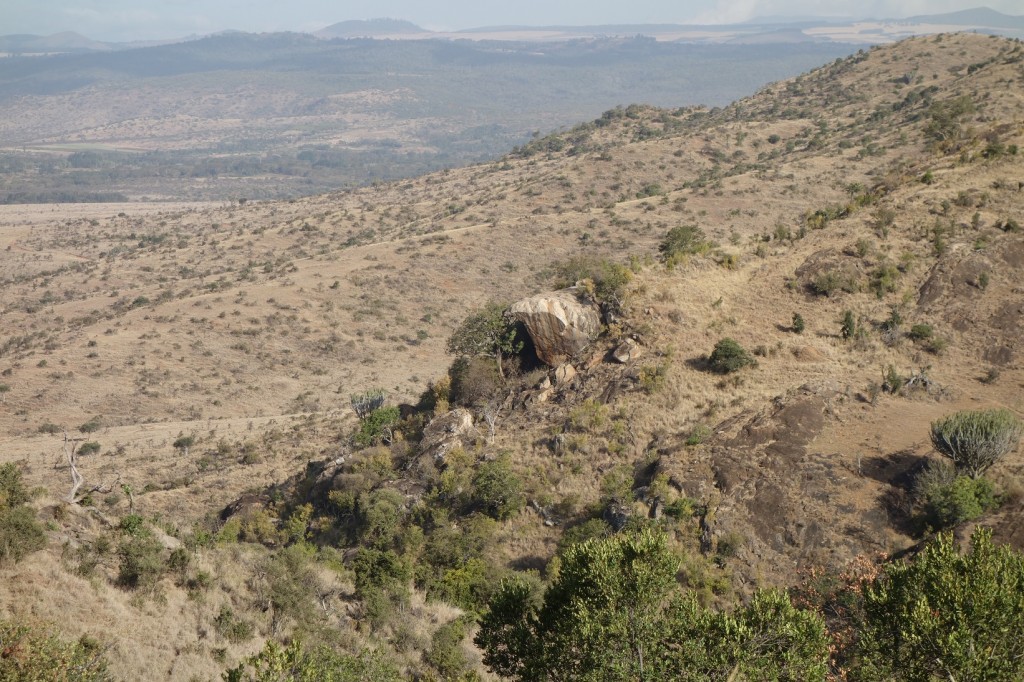By Phil Curtis
That children are children everywhere, and seem to share innate characteristics that bond them to each other and make them endearing to adults, is one of the more gratifying things to emerge from our 10 days visiting Lewa and some of its surrounding communities. This trip has been a transformative experience in many respects – from the wildlife which Anne and John have already documented so well (although it’s hard to comprehend how close the animals are until you actually experience it, and there’s always something new for you who haven’t yet visited: the five-cheetah charge on a gazelle was a first), to the days spent with Maasai and Samburu warriors, the open-air market in Meru and the always breathtaking Lewa scenery – but a major highlight was our visit to the MCK N’tumbri School about 7-8 km outside the Lewa gates.
The school has 320 students in grades 1-8, and most of those in grades four and above are boarding students. In many respects, the differences between MCK N’tumbri School and an American primary/middle school couldn’t be more stark: dirt everywhere that there isn’t a building, classrooms that lack electricity, no computers anywhere, outdoor latrines for everyone, huge (50-60 student) classes, no choice for lunch (you get one of the Kenyan staples with meat twice a week and are happy for it), and make-shift instructional materials like learning English from old magazines – and everyone has a different magazine. But underneath the appearance of deprivation is an infectious spirit, enthusiasm, friendliness and curiosity that is both heartwarming and reason for optimism.



